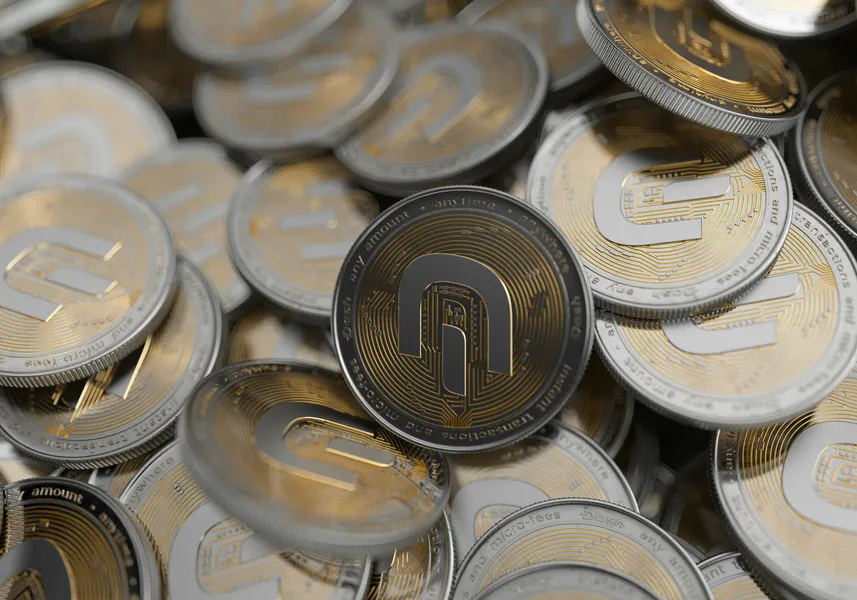What is Balancer (BAL) Cryptocurrency Token? — Balancer, Decentralized Exchange, Liquidity Pools

Title: Balancer Crypto Token: Navigating the Treacherous Waters of DeFi’s Liquidity Pools
Hey there crypto enthusiasts, Valerii Wilson here – your friendly neighborhood smart contract auditor and crypto security expert with a healthy dose of skepticism. If you’re considering investing in Balancer’s cryptocurrency token or interacting with its decentralized exchange (DEX) and liquidity pools, strap in for an unvarnished tour of what lies beneath the surface.
Part 1: What is Balancer?
First things first, let’s define our target prey: Balancer is a decentralized finance (DeFi) protocol built on Ethereum that allows users to create, trade, and manage automated market maker (AMM) liquidity pools. It’s like playing with Legos but instead of building houses, you’re constructing financial instruments.
Part 2: Balancer as a Decentralized Exchange
Balancer’s DEX functionality enables peer-to-peer trading without relying on centralized intermediaries – sound familiar? That’s because this model is what fuels much of DeFi’s appeal and revolution. But remember, with great power comes great responsibility; as we’ve seen time and again, novelty does not equal infallibility.
Part 3: Liquidity Pools: A Double-Edged Sword
Liquidity pools are where things get interesting (and occasionally frightening). They function as reservoirs of digital assets that facilitate trading by providing the necessary liquidity for transactions. Think of them like an all-you-can-eat buffet, but instead of plates piled high with sushi and tacos, they’re stuffed with ERC-20 tokens.
However, just as a crowded buffet can lead to food poisoning risks due to poor hygiene practices, liquidity pools aren’t immune to potential hazards. Consider the infamous bZx exploit back in 2020, where a hacker drained nearly $1 million from an Ethereum-backed stablecoin pool on the platform. Ouch!
Part 4: The BAL Token: Rewards vs Risks
The Balancer Protocol’s native token is BAL – used for governance, staking rewards, and transaction fees. Holders can vote on protocol upgrades or parameter changes, earning them a sense of control akin to shareholders in traditional finance. Yet, as with any governance token, it comes with its fair share of responsibilities and risks.
Remember the Compound Governance Token (COMP) launch? The initial hype led to a rapid price increase, only for it to plummet shortly thereafter due to profit-taking and investor disillusionment. If you’re thinking about diving into BAL tokens, ask yourself: are you ready to wade through the turbulent waters of governance?
Conclusion:
Balancer represents both the allure and challenges inherent in DeFi – offering innovative ways to interact with financial instruments while exposing users to novel threats. Like a seasoned explorer venturing into uncharted territory, tread carefully; always double-check your routes, ensure your safety gear is secure, and don’t be afraid to turn back if the terrain looks too treacherous.
So there you have it – Balancer stripped down to its core components. As someone who’s seen their fair share of crypto carnage, I implore you: proceed with caution. After all, knowledge may not always equal power, but it sure beats blundering blindly into the jungle.









